WOMEN COLLECTIVES
SESSION VIDEO
SESSION OUTLINE
The session on Women Collectives had policy administrators and practitioners sharing their deep expertise and perspective regarding the immense potential of women collectives in addressing the issue of rural poverty in India. The vital nuances about the achievements of the NRLM Program, along with the various issues, challenges, and future course of action to be undertaken was discussed holistically.
The contribution of women collectives has been pivotal in improving the lives of rural women, who are the backbone of the programme, and consequently their families. The achievements are mainly in social capital building, community mobilization, and a certain degree of access to finance.
There is an excellent opportunity to leverage collectives as citizens with access to entitlements, producers and consumers of goods and services – as economic agents, contributing to improving decision making, self-confidence, self-efficacy, and reducing gender-based violence.
PANEL
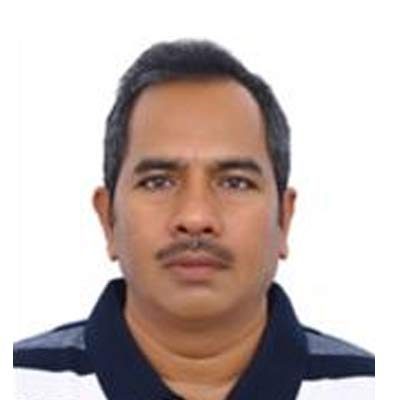
Anjani Kumar Singh
Senior Program officer,
Bill & Melinda Gates Foundation
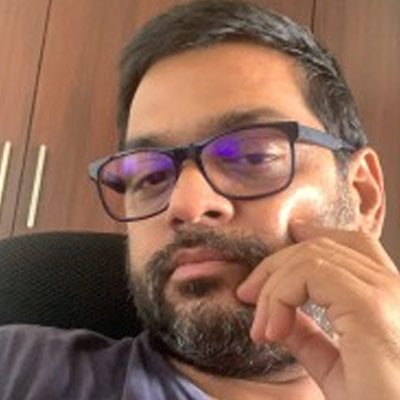
Samik Sundar Das
Senior Rural Development
Specialist with The World Bank
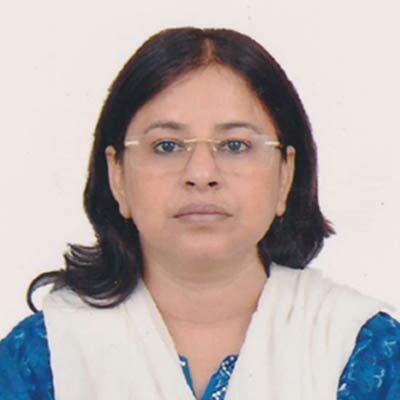
Nita Kejriwal
Joint Secretary
Ministry of Rural Development
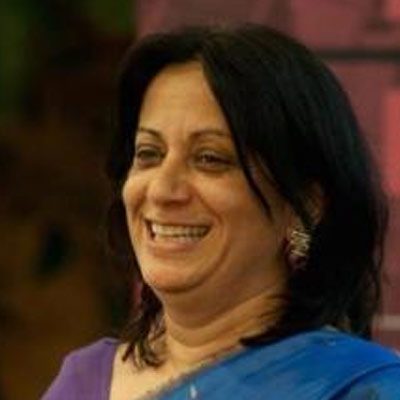
Anjini Kochar
Director of the India
Programme at the Stanford Centre for International Development (SCID)
SESSION TAKEAWAYS
TOGETHER WE CAN - POWER OF COLLECTIVES
India has the largest network of women’s SHGs across the world. There are 7 million SHGs in India, with 75 million members across 783,389 villages. Various platforms under the collectives program help poor women to develop a sense of autonomy and agency. Being able to provide have earned them respect. These platforms have also been able to address gender issues. Moreover, collectives have played a crucial role in Panchayats through Village Poverty Reduction Plans.
DYNAMISM IS THE KEY TO SUCCESS
The role of these institutions is much more than providing financial intermediation. These institutions have relevance in articulating rural women’s issues and aspirations. The success of any institution depends on how dynamic it is. NRLM has done a fantastic job in picking up new ideas and innovations. Hopefully, 30 years from now, India’s womens’ groups will be taking up issues about men’s role in society and men’s issues.
THE ROAD AHEAD
What is the next level of scaling up NRLM should do today? How do you generate the marketability of the products online? How do you bring technical assistance to look at other evolving areas? National Missions should start creating dialogues to take it to the next level. Can we bring in different kinds of financial products at the community level that addresses the demand for evolving rural economic needs.
"NRLM has worked on 3 pillars of empowerment: social, economic, and political. We have worked with more than 1.20 crore (12 million) mahila kisaans."
- NITA KEJRIWAL
"The amount of intellectual capital that went into the programme is huge. NRLM is the culmination of at least 2-3 decades of prior programmes like SGSY, IRDP."
- ANJINI KOCHAR
“Biggest celebration of women collectives is that we discuss these collectives in every development forum today. There is lot of interest outside India to replicate this model."
- SAMIK DAS